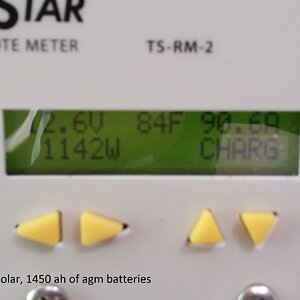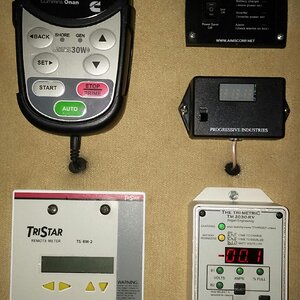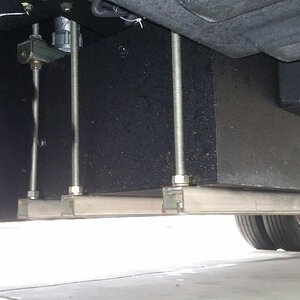You may find the following information interesting, maybe beneficial. I'm still trying to understand what, if anything, I can do to manipulate the Peplink to improve performance on my device by playing with the cellular settings. Below the AT&T cut & paste you will find some information I retrieved from the Peplink forum on these values.
Based on what I've read, the Peplink devices do a pretty good job of grabbing the best signals to generate your internet connection. Have you used cell mapper to locate the towers nearest you?
AT&T
The company has rolled out a massive 4G LTE network in the United States with support for bands 2, 4, 5 and 17, but the backbone of it remains band 17 in the 700MHz range, the company's primary band. From 2017, AT&T towers also support band 12 as per FCC requirements. Since band 12 is a superset of band 17, these are now commonly referred to as one entity (band 12), and again, are the backbone of the LTE network. These are the AT&T LTE bands used in 2019.
The remaining bands 2, 4 and 5 are mostly used in areas where AT&T does not have band 12/17, while in the densely populated metros, AT&T combines spectrum from multiple bands for better coverage. This is the reason why it is important that your phone supports all and not just one of these bands, in order for you to make maximum use of 4G LTE speeds.
Here is a breakdown of all the individual bands LTE bands that AT&T uses in 2019 and their role:
- Band 2 (1900MHz frequency range): a core AT&T LTE band with 20x20MHz blocks in most markets.
- Band 4 (AWS-1700/2100MHz): this AT&T LTE band is used as a supplement for improved capacity and is usually deployed in small, 5x5MHz blocks.
- Band 66 (AWS-3-1700/2100MHz): AT&T LTE band 66 is a superset of band 4, meaning that it includes all of the band 4 blocks plus adds a few more. AT&T usually deploys this in 10x10 chunks, and you could commonly see it in the New York and New Jersey areas. It is actively being deployed.
- Band 5 (850MHz): this AT&T LTE band is used most commonly 3G (HSPA+ ) connectivity, but some of it also goes toward LTE. AT&T owns a lot in this frequency range throughout the nation, and band 5 is sometimes used in areas where there is no band 12/17 coverage.
- Band 12/17 (700MHz): the backbone of AT&T's LTE network and it provides practically a nation-wide coverage.
- Band 14 (700MHz): AT&T has a nationwide license for band 14. The carrier acquired these bands from FirstNet and they will be used for a federally-funded public safety channel. These will only be deployed in states that opt in the FirstNet service.
- Band 29 (700MHz): this is a supplementary channel. AT&T purchased this from Qualcomm and it is mostly deployed in a 5x0 configuration, meaning that you get one small 5MHz block for download (in some limited places like the California coast and northeast you have 10x0 blocks). This band cannot be used for upload.
- Band 30 (WCS 2300MHz): another supplementary band for 4G LTE. AT&T has deployed chunks of 10x10 across the nation.
Information from Peplink forum follows:
RSRP (Reference Signal Received Power)
This is the power of the LTE Reference signals measured across the full channel width and individual carriers within the channel. Ideally should be looking for something in the range from -85 or better (closer to zero is better).
RSRQ (Reference Signal Received Quality)
This is an indication of the received quality of the reference signals measured across the full channel width and individual carriers within the channel. Ideally should be looking for something in the range from -15 or better (closer to zero is better).
SINR (Signal to Interference plus Noise Ratio)
A minimum of -20dB SINR is required to decode RSRP & RSRQ. It is an indication of the potential data throughput capacity of the channel. Ideally should be looking for something higher than 15dB or better (bigger number is better).
RSSI (Received Signal Strength Indicator)
RSSI Is a negative value, the closer the reading is to zero the stronger the signal. This value is calculated by taking into account several other values including those listed above, it is entirely possible that a relatively strong RSSI is reported but performance is still poor. Ideally should be looking for something in the range from -75 or better (closer to zero is better)
 . This is with paddle antennas only.
. This is with paddle antennas only.










